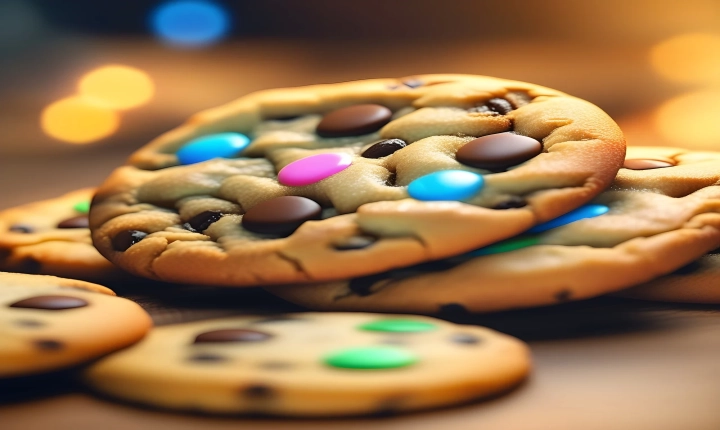Title: Tips to Enhance the Aesthetic Appeal of AI Art
Artificial Intelligence (AI) has emerged as a powerful tool for creating art, generating visually stunning images, and producing creative designs. However, the aesthetic appeal of AI-generated art can be further enhanced by applying certain techniques and considerations. Whether you are an artist, a designer, or a programmer, here are some tips to make AI-generated art look better and more captivating.
1. Choose High-Quality Input Data: The quality of input data significantly impacts the output of AI-generated art. It is essential to use high-resolution, well-composed, and visually appealing images as input to ensure that the AI model has the best material to work with. This can help in producing art with finer details and better visual quality.
2. Experiment with Style Transfer Techniques: Style transfer techniques allow you to blend the artistic style of one image with the content of another. By using different artistic styles and experimenting with various transfer methods, you can achieve unique and visually striking results. Consider exploring the parameters and settings of style transfer algorithms to fine-tune the output according to your preferences.
3. Utilize Generative Adversarial Networks (GANs): GANs have revolutionized the creation of AI art by pitting two neural networks against each other to generate and refine images. Leveraging GANs can lead to more realistic and visually appealing artwork. Pay attention to the training data, network architecture, and hyperparameters to optimize the output of GAN-based art generation.
4. Post-Processing and Refinement: After the AI model generates the initial artwork, consider employing post-processing techniques to enhance its visual appeal. This may involve adjusting color schemes, adding filters, sharpening details, or applying artistic effects. Post-processing can refine the output and give it a more polished and professional look.
5. Incorporate Human Input and Feedback: While AI is proficient at generating art, human creativity and intuition are invaluable in refining the final output. Seeking feedback from artists and designers can provide fresh perspectives and insights that can improve the visual aesthetics of AI-generated artwork. Collaborating with human creators can infuse originality and emotion into the art, making it more relatable and visually compelling.
6. Explore Multi-Modal Art Generation: Combining different modalities such as text, audio, and images can lead to innovative and visually captivating AI-generated art. By integrating multiple sources of input, you can create dynamic and multi-dimensional artwork that offers an immersive aesthetic experience.
7. Consider Ethical and Cultural Sensitivities: When creating AI art, it is essential to be mindful of ethical considerations and cultural sensitivities. Avoid generating art that may perpetuate harmful stereotypes, inappropriate content, or cultural appropriation. By incorporating diverse perspectives and being conscientious about the impact of AI-generated art, you can contribute to a more inclusive and ethically responsible creative landscape.
In conclusion, while AI has the potential to produce remarkable art, there are several strategies to enhance the aesthetic appeal of AI-generated artwork. By carefully selecting input data, experimenting with techniques, collaborating with human creators, and being mindful of ethical considerations, you can elevate the visual impact of AI art. Ultimately, the fusion of AI capabilities with human creativity and sensibilities can result in art that is not only technically impressive but also visually stunning and emotionally evocative.
